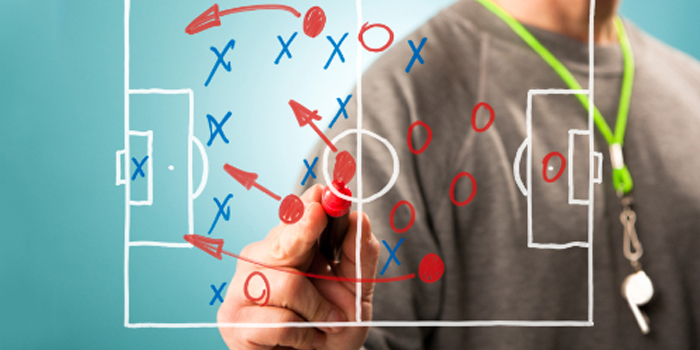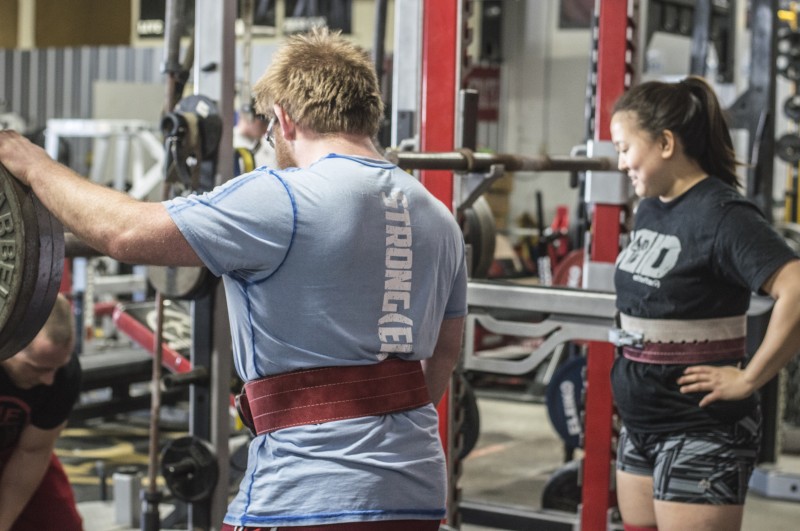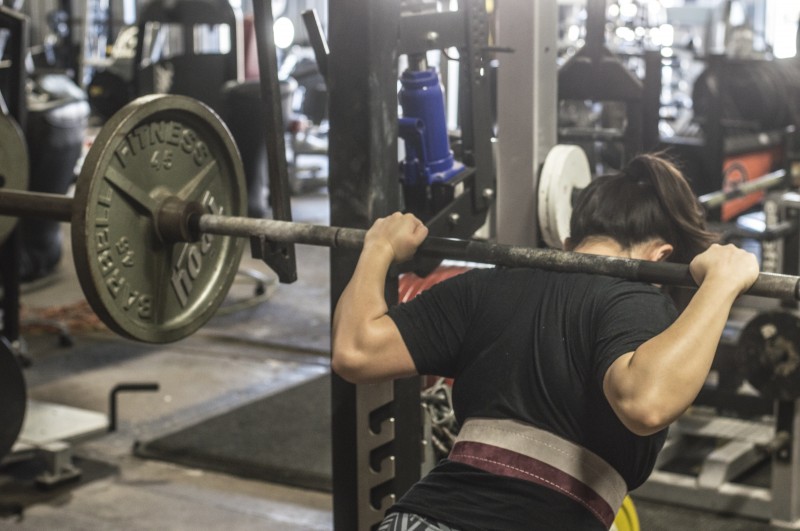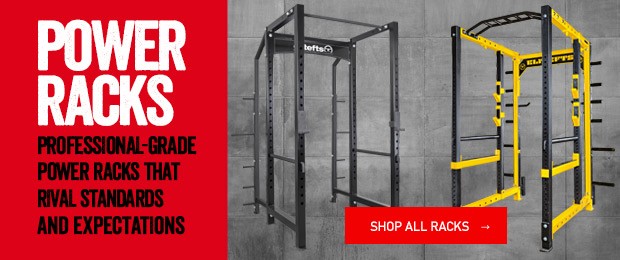
I've been known to have a few rants at work. They normally come from the years of doing my job and watching others do similar work. For this month's article, I'll put some of these rants out there for the world to read. My hope is by sharing, it helps you in your situation to be a better coach.
1. Coaches saying “kids these days” is an excuse.
Yes, I'm going to call out this trend. Go on Facebook or YouTube and you'll find scores of coaches complaining about "kids these days." It's garbage! If you aren't reaching your kids, you're a poor coach or you're recruiting the wrong kids (clearly we strength coaches don’t have a choice in who we coach).
Generally, I've watched these coaches start by mentioning that kids nowadays come from the "everyone gets a trophy" world. This leads to them always wanting to feel special. While it's true that many kids get trophies they haven't earned, it's our job as coaches to empower these young men and women to improve. Empowerment is what our job is about. We must be able to empower these young people to work hard and succeed in spite of what they think they know. With that said, if you can’t coach “kids these days,” maybe education and coaching aren't for you. I would be remiss if I didn't add that most of my students are better at their age than I was at the same age.
2. The floor press should replace the bench press in collegiate weight rooms.
There is a multitude of reasons I say this. It's much easier to see imbalances with the floor press than the bench press. Watch your athlete perform a floor press. Do both elbows touch at the same time? Is one elbow flared more at the bottom than the other? (Yes, one always is.) The answers to these two questions will tell a coach a lot about what is going on with an athlete's press.
RECENT: The Who, What, Where, When and Why of Training Collegiate Football
One of the first questions I asked Buddy Morris during my internship with him was, why floor press? His response was awesome: Break the eccentric-concentric chain. After he said this, he walked away. I've said those words thousands of times since that day. The floor press is awesome because the athlete must overcome inertia, which builds immense levels of strength. A good rule of thumb is that an athlete can floor press 85–90 percent of his bench due to the stretch reflex being taken out of the movement.
The floor press takes leg drive and chest bounce out of the equation. Leg drive is awesome to powerlifters but misunderstood by most athletes, who assume that it means to drive your hips up into the air and cheat. Many athletes also try to springboard the bar off of their sternums. By using the floor press instead, you can eliminate both of these issues.
Athletic trainers will be happier with the floor press because you're shortening the range of motion. Therefore, it will be perceived as a safer movement. I’ll let people more qualified than me argue this point, and I’ll just floor press more and let everyone judge me for being stupid. In my career, I've sometimes been told to do things by an athletic trainer that I didn't understand. I'm not bashing athletic trainers. Generally, we're both looking at the same problem from a different point of view. So if we can find common ground, why not take advantage of that ground?
3. I don’t know everything in the world and neither do you.
This is one of my favorite topics. In 1999, I started my career in this profession. There were fewer than 10 qualified strength and conditioning professionals in the region where I live. Today, there are more than 10 performance gyms just within 10 square miles of my university. Some of these gyms are awesome, and some I visit frequently. Mac Fitness, Umberger Performance, Union Fitness, Daman’s Strength, Celli’s Fitness, and Pittsburgh Barbell are all gyms that I've recommended to others to either visit or train at. Clearly, I believe that all the people at these places have an expertise in what they're teaching. I also know that each of these places would admit their own weaknesses.
If I have a boxer, I’ll send him to Mac Fitness because that is what they do best. If I had an Olympic lifter, I would send her to Pittsburgh Barbell. This isn't to say that Mac couldn’t teach Olympic lifts (actually, they would do a good job). It's saying that Pittsburgh Barbell specializes in Olympic lifts. I had a former athlete training for Olympic lifting, and I told him to go train at Pittsburgh Barbell at least once a week. Admit that you don't know everything.
Aside from these gyms, I've met others in the area who are experts in all lifts and all training. The bad news is that this isn't possible. If you're the smartest person you know, find new friends. If you call yourself an expert in Olympic lifting, kettlebells, powerlifting, bodybuilding, bikini contest preparation, and “sport-specific” training, you probably aren't an expert in any of these.
4. The cumulative effect of a warm-up is more important than the acute affect.
Go to your local YMCA, and you’ll find a strong guy or gal walking into the gym and warming up by swinging his or her arms around. Then he or she will bench one plate, two plates, three plates, and sometimes even four plates. Yet, they won't tear a pec. Now, a new athlete will want to do exactly the same thing.
We must educate the athlete and explain that, yes, he probably won’t get hurt today from skipping the warm-up, but it's like building a house. We're trying to make permanent changes in how the body functions. If an athlete can't get his hands over his head, you must work each and every day to increase the mobility until he gets there.
5. Never load dysfunction.
OK, I may create some haters here because I loathe this saying. Here's my issue with this statement—I want someone to show me perfect function. Does a 21 on the functional movement screen (FMS) mean perfect function? I've never seen an athlete who can perform the rotary stability test at a three. If you have, I’d be impressed. Let’s say an athlete does a perfect bodyweight overhead squat and then we load the athlete. What happens? This depends on the athlete. Some athletes will do the squat without any problems while others will let their knees collapse. Maybe another lets the chest drop. Well, if I can’t load dysfunction, does this mean that I should stop the session and correct the movement, or should I coach the athlete and explain where the lift was “dysfunctional?” At some point, almost every person benching will flare to get a rep. Is this dysfunction?
As you can see, this could continue on forever. Our job is to make movements better and make athletes strong at those movements. When breakdowns occur, you should coach harder. Sometimes just showing an athlete the problem fixes the problem. Sometimes you have to touch the area on the athlete. The next time you see an athlete with knees collapsing on squats, touch the outside of the knee gently. Often, just touching the outside of the knee will fix the problem.
These are just a few of my work-day rants. I'm sure there are people out there who will disagree with what I've said above, and I'm cool with that because I know that I don't have all the answers. I'm not an expert. But what I do have is thousands of hours on the floor coaching and thousands of successes and failures on the floor to show what works and what doesn't work.













More people need to place a higher value on true experience.